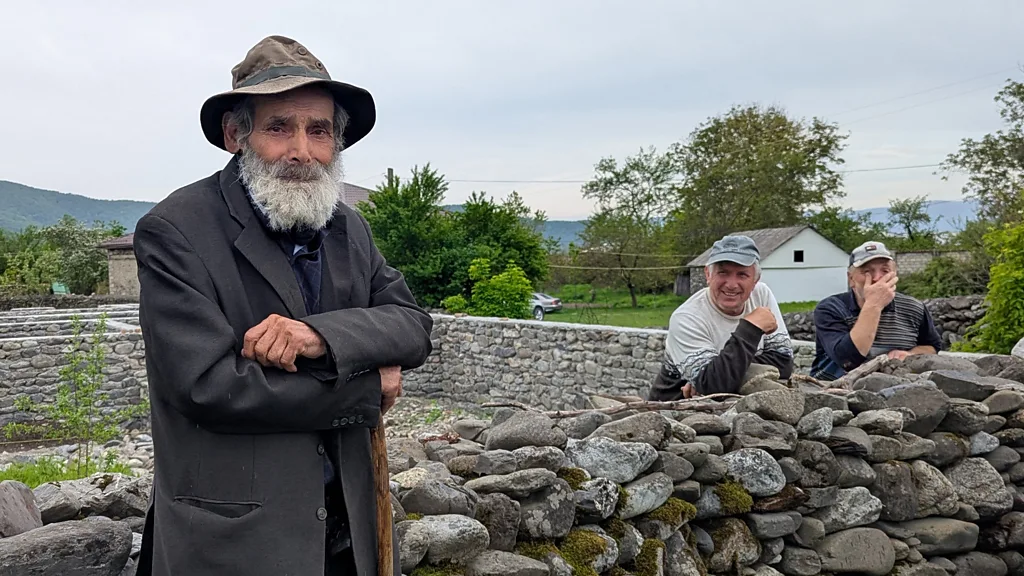Nestled in the northeast corner of Georgia, Pankisi Valley is a name that once evoked fear and suspicion on the global stage. Associated with extremism and unrest in the early 2000s, this remote valley bordered by the Caucasus Mountains has undergone a quiet yet profound transformation. Today, Pankisi Valley is emerging as a hidden gem for cultural tourism, celebrated for its natural beauty, deep-rooted traditions, and resilient community. This article explores how the valley rewrote its narrative — from a conflict zone to a peaceful destination that welcomes travelers from around the world.
A Region Marked by Turmoil
Conflict and Reputation in the Early 2000s
In the aftermath of regional conflicts and global terrorism concerns, Pankisi Valley came under international scrutiny. The valley, home to the Kists — a Chechen-speaking Muslim minority — was depicted in the media as a breeding ground for extremism. Foreign fighters, political instability, and lack of infrastructure reinforced this negative image.
Impact on the Local Community
The fallout wasn’t just reputational. For years, the residents of Pankisi Valley lived under the shadow of this stigma. Young people struggled with limited opportunities, tourism was non-existent, and mistrust from the rest of Georgia deepened the region’s isolation. But beneath the surface, seeds of change were beginning to grow.
The Turning Point: Seeds of Change
Grassroots Movements and Community Leaders
The transformation of Pankisi Valley started from within. Brave community members, particularly women and youth, began organizing grassroots movements to redefine the valley’s future. Local leaders emphasized education, interfaith dialogue, and empowerment. Organizations led by women, such as the “Pankisi Women’s Council,” played a pivotal role in challenging stereotypes and fostering peace.
Government and NGO Support
Recognizing the valley’s potential, NGOs and Georgian government initiatives began investing in the area. Support poured into developing schools, roads, and tourism infrastructure. These efforts were not top-down impositions, but partnerships with local communities, ensuring that development respected and preserved the unique identity of Pankisi Valley.
Culture and Heritage as a Bridge
Kist Community and Its Roots
One of the valley’s most fascinating aspects is its rich cultural heritage. The Kists, descendants of Chechens who migrated to Georgia in the 19th century, have a distinct identity that blends Caucasian, Muslim, and Georgian influences. Their traditional customs, culinary arts, and storytelling traditions offer travelers a rare glimpse into a community that bridges East and West.
Storytelling Through Music and Dance
Music is a cornerstone of Kist culture. Polyphonic singing, spiritual chants, and traditional dances are not only forms of entertainment but also storytelling vehicles that connect generations. Cultural festivals and musical performances now draw local and international visitors, helping reshape the perception of Pankisi Valley.
The Rise of Tourism in Pankisi Valley
Eco-Tourism and Sustainable Travel
With its untamed forests, fast-flowing rivers, and majestic mountain ranges, Pankisi Valley is a natural paradise for eco-tourists. Hiking, horseback riding, and homestays allow visitors to immerse themselves in the landscape and culture. Tourism here is built on sustainability and community inclusion — every guest becomes part of the valley’s journey of healing and hope.
Tourist Impressions and Global Media Shift
Travel bloggers, journalists, and adventure seekers who once avoided the valley are now some of its biggest advocates. Their stories highlight not only the stunning environment but also the warmth and hospitality of its people. As a result, the international narrative around Pankisi Valley is shifting — from a place to avoid to a must-visit cultural retreat.
Challenges and the Road Ahead
Avoiding Over-Commercialization
As interest in the valley grows, residents and stakeholders face the challenge of balancing tourism with authenticity. There is a conscious effort to avoid over-commercialization and preserve the unique spirit of Pankisi Valley. Local businesses, often family-run, are at the heart of tourism to ensure that economic benefits stay within the community.
Continued Peacebuilding and Inclusion
The valley’s transformation is ongoing. Continued efforts in education, interethnic dialogue, and youth engagement are essential to safeguard its progress. Projects that promote cultural exchange and understanding are vital in maintaining Pankisi Valley’s role as a beacon of peaceful transformation.
Conclusion
Pankisi Valley is living proof that communities can rewrite their stories through courage, resilience, and unity. From a region once synonymous with unrest, it has blossomed into a haven of culture, tradition, and natural beauty. Travelers today don’t just come for the scenery — they come for the story, the people, and the inspiration. In every sense, Pankisi Valley stands as a symbol of what is possible when peace and culture take root in even the most unlikely places.
If you liked this story, sign up for The Essential List newsletter – a handpicked selection of features, videos, and can’t-miss news, delivered to your inbox twice a week.


